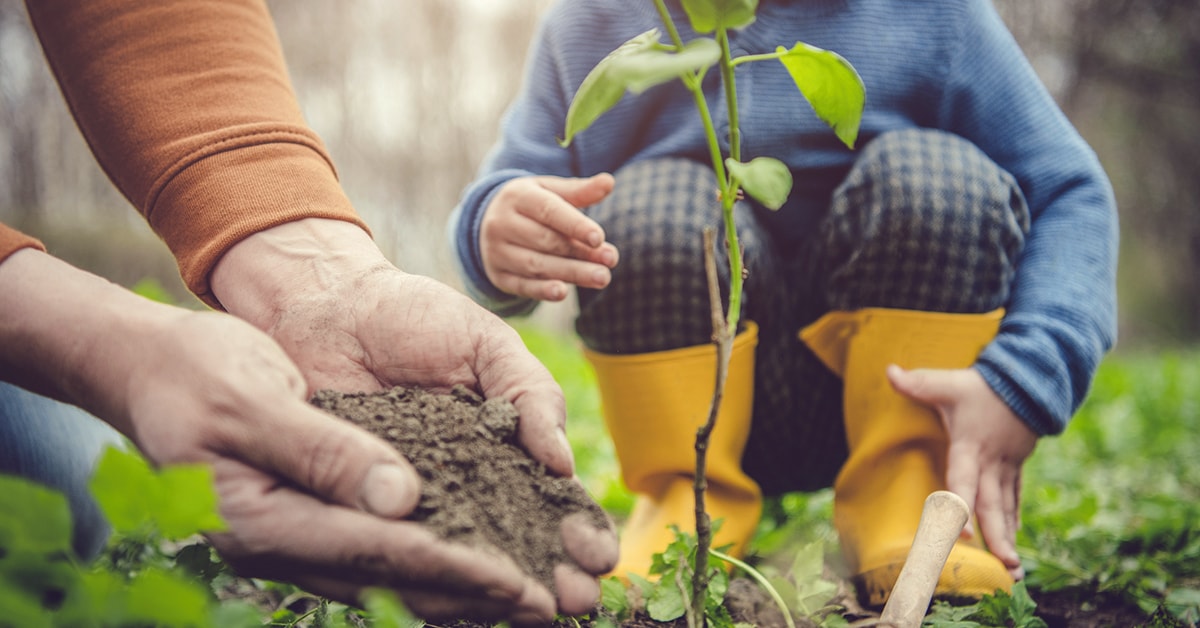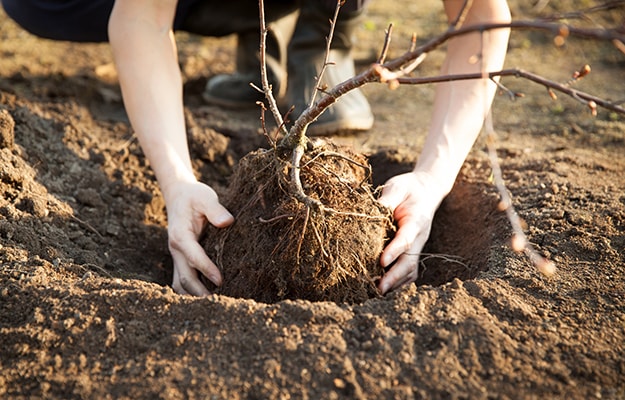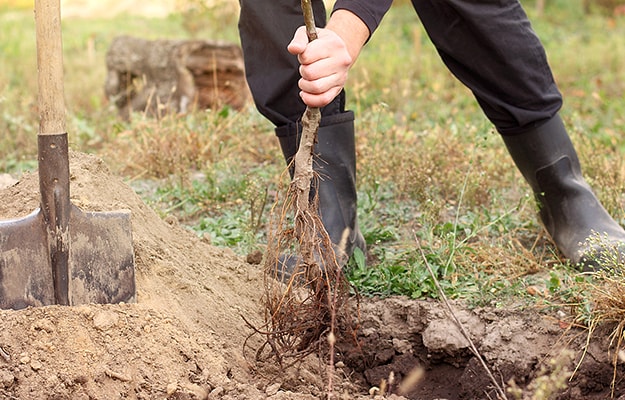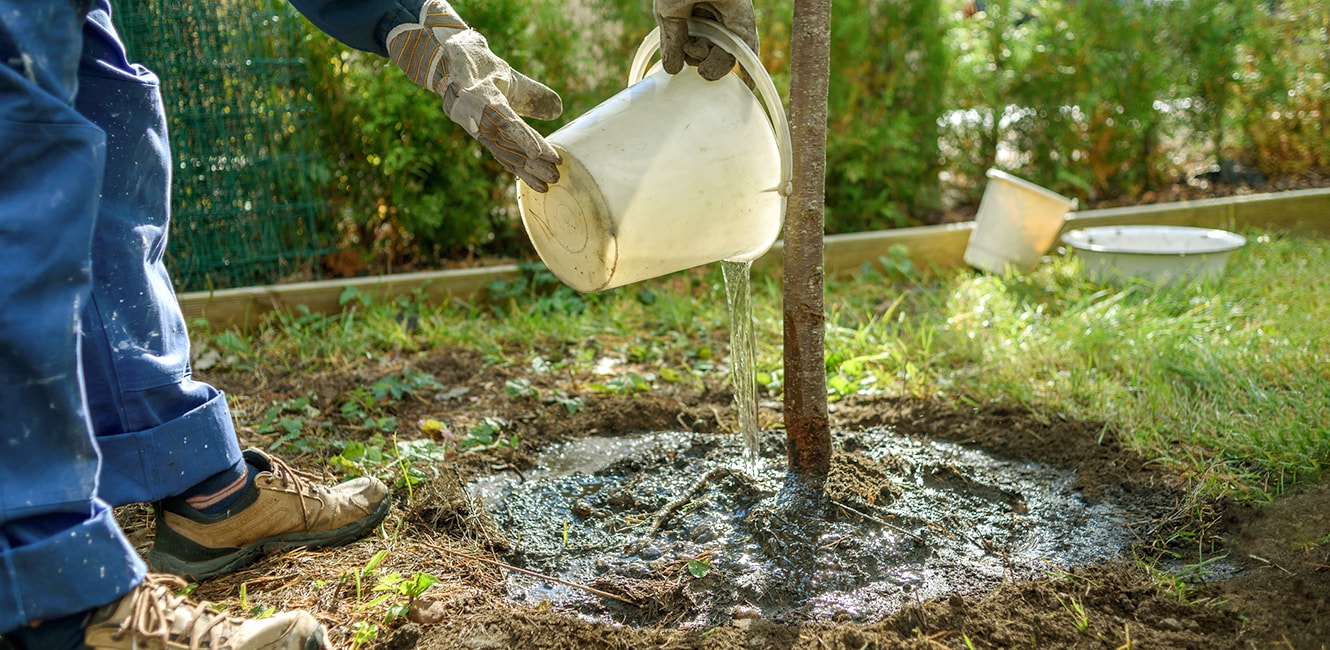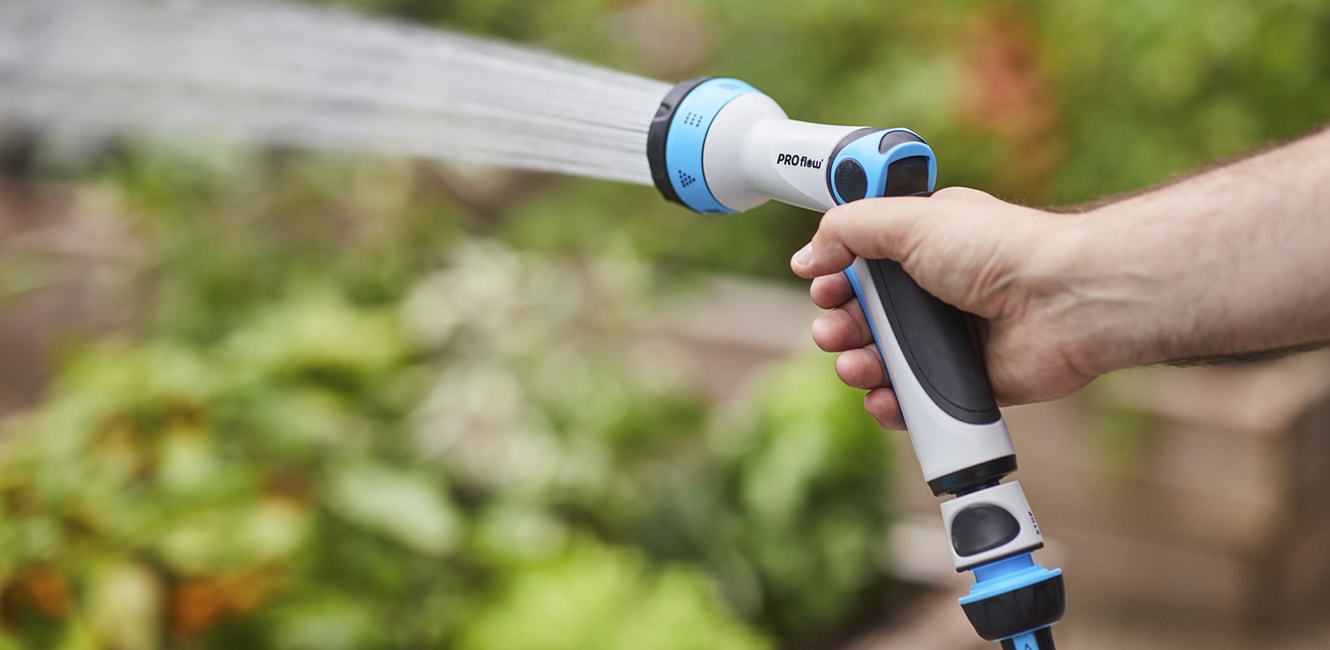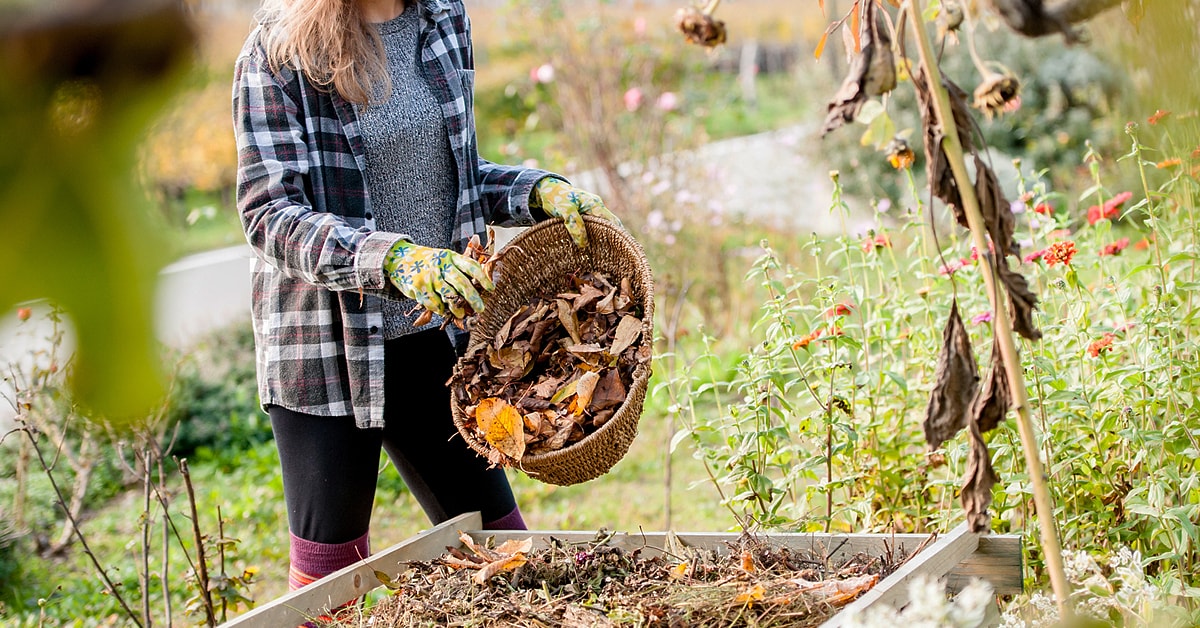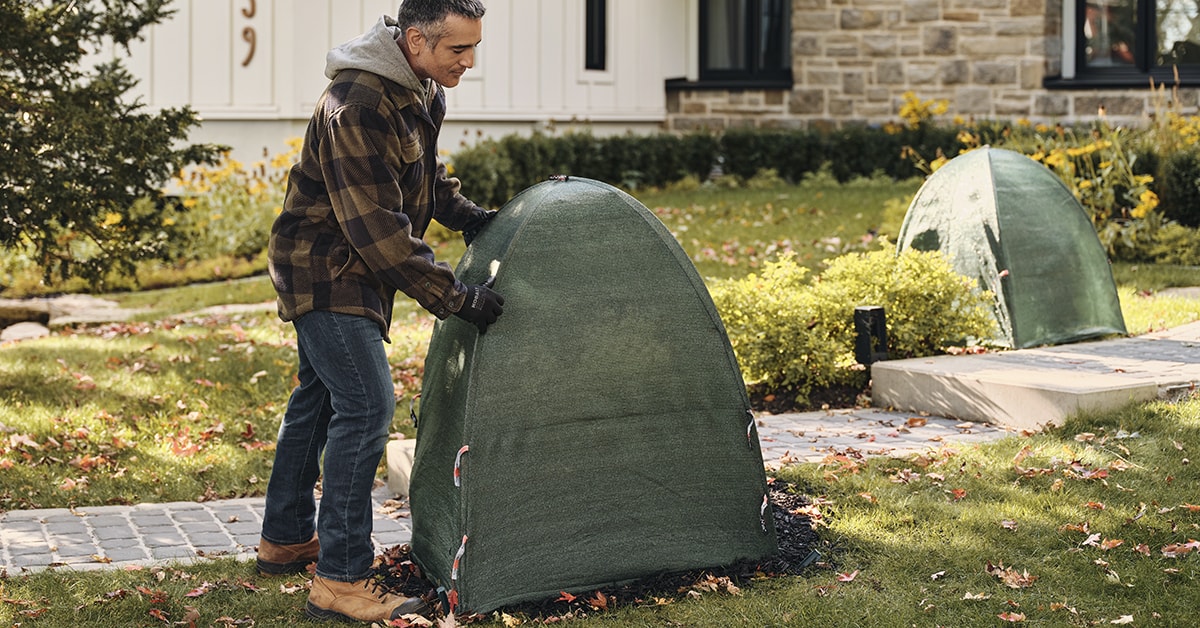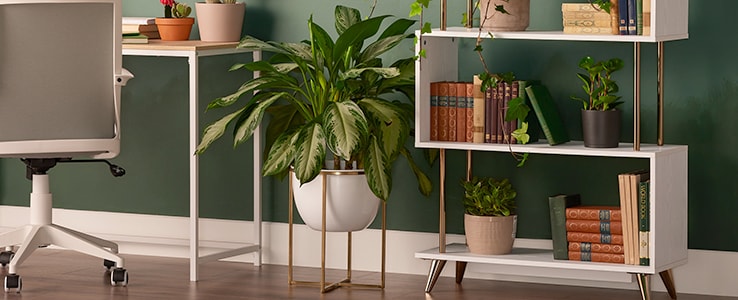Before You Start
Don’t forget: your trees and shrubs will grow! Refer to the tag on the plants that you purchase, or even better, consult our Garden Centre associates to know how much space is required to allow your trees and plants to be healthy for years to come.Before you dig in, we also recommend that you check out our guide Gardening 101: All You Need to Know About Gardening.









